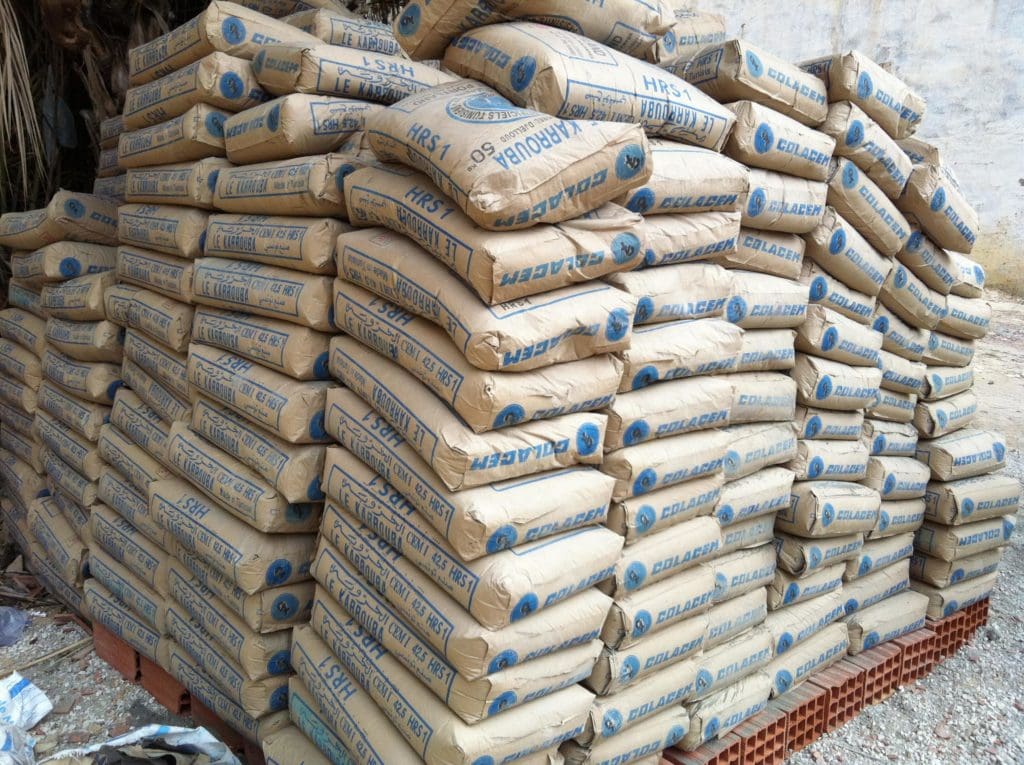When it comes to creating a comfortable and energy-efficient living space, proper insulation is paramount. One of the most challenging areas to insulate is the floor over a concrete slab. Concrete, while durable and strong, is also a poor insulator, leading to cold floors and increased energy costs. In this article, we will explore effective methods for insulating floors over concrete slabs, ensuring your home remains cozy and energy-efficient throughout the year.
Understanding the Importance of Floor Insulation
Before diving into the methods of insulation, it's essential to understand why insulating your floor over a concrete slab is crucial. Concrete absorbs and retains cold, which can lead to uncomfortable living conditions, especially in colder climates. Insulating the floor not only enhances comfort but also contributes to energy efficiency by reducing heating costs. Proper insulation can also help mitigate moisture issues, preventing mold growth and improving indoor air quality.
Types of Insulation Materials
When insulating a floor over a concrete slab, several insulation materials can be utilized. Each material has its pros and cons, and the choice often depends on budget, climate, and specific project requirements.
- Foam Board Insulation: Rigid foam boards, such as extruded polystyrene (XPS) or expanded polystyrene (EPS), are excellent choices for insulating floors over concrete. They provide a high R-value per inch, are moisture-resistant, and are relatively easy to install. Foam boards can be placed directly on the concrete slab before installing the flooring.
- Spray Foam Insulation: This option involves applying a spray foam product that expands and fills gaps, providing an airtight seal. Spray foam insulation offers superior thermal resistance and can also act as a vapor barrier. However, it is typically more expensive than other options and may require professional installation.
- Fiberglass Batts: While fiberglass batts are commonly used in walls and ceilings, they can also be used in floor insulation. However, they must be installed in a way that prevents moisture accumulation, as fiberglass can lose its insulating properties when wet. This method is often less effective than foam options due to the potential for air gaps.
- Mineral Wool: Similar to fiberglass, mineral wool can be used for floor insulation but offers better fire resistance and soundproofing qualities. It is also resistant to moisture, making it a viable option for areas prone to dampness.
Step-by-Step Guide to Insulating Your Floor
Now that we have an understanding of the materials available, let’s walk through the steps to insulate a floor over a concrete slab effectively.
Step 1: Assess the Space
Before beginning any insulation project, assess the space for moisture issues. If there is significant moisture present, consider installing a vapor barrier to prevent moisture from seeping into the insulation material. This is particularly important in basements or ground-level floors.
Step 2: Choose Your Insulation Material
Select the insulation material that best suits your needs based on factors such as climate, budget, and desired R-value. For most homeowners, foam board insulation is a popular choice due to its efficiency and ease of installation.
Step 3: Prepare the Concrete Slab
Ensure the concrete slab is clean and dry. Remove any debris, dust, or existing flooring materials. If there are cracks or imperfections in the slab, repair them to create a smooth surface for insulation installation.
Step 4: Install a Vapor Barrier
If moisture is a concern, lay down a vapor barrier over the concrete slab. This can be a polyethylene sheet that overlaps at the seams and extends up the walls slightly. Secure it in place with tape to ensure a tight seal.
Step 5: Lay the Insulation
For foam board insulation, cut the boards to fit snugly against each other and around any obstacles. Lay the boards directly on the vapor barrier, ensuring there are no gaps between them. If using spray foam, apply it according to the manufacturer’s instructions, ensuring complete coverage.
Step 6: Install Flooring
Once the insulation is in place, you can proceed to install your chosen flooring material. Whether you opt for hardwood, laminate, tile, or carpet, ensure that the flooring is compatible with the insulation method used.
Additional Considerations
- R-Value: The R-value measures insulation's resistance to heat flow. The higher the R-value, the better the insulation. For floors over concrete slabs, aim for an R-value of at least 10 to 20, depending on your climate.
- Professional Help: If you are unsure about the insulation process or have complex moisture issues, consider hiring a professional. Proper installation is crucial for maximizing energy efficiency and comfort.
- Energy Efficiency: After insulating your floor, consider additional energy-saving measures such as installing energy-efficient windows, sealing air leaks, and using programmable thermostats to further enhance your home's comfort and efficiency.
Conclusion
Insulating a floor over a concrete slab is a vital step in creating a comfortable and energy-efficient home. By understanding the importance of insulation, selecting the right materials, and following a systematic installation process, homeowners can significantly improve their living conditions. Whether you choose foam board, spray foam, or another insulation type, the benefits of a well-insulated floor will be felt for years to come. Embrace the comfort and efficiency that comes with proper insulation, and transform your concrete slab into a warm and inviting space.

